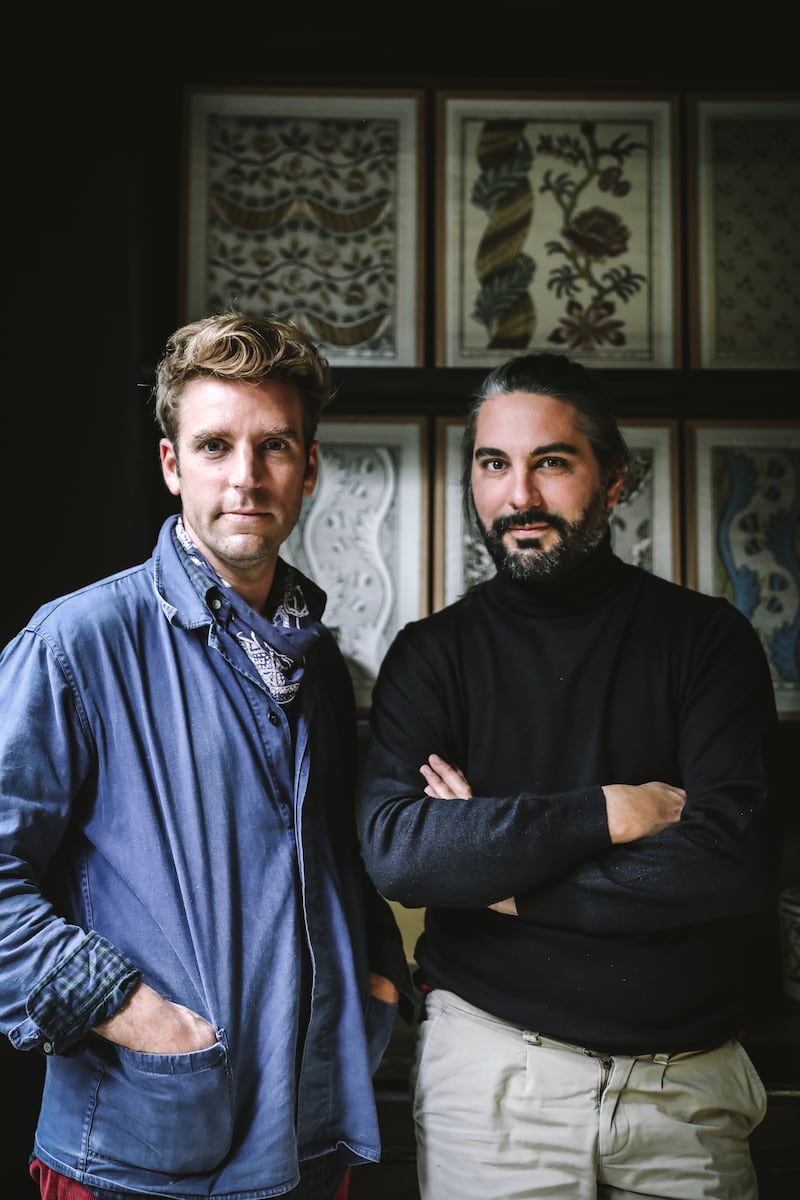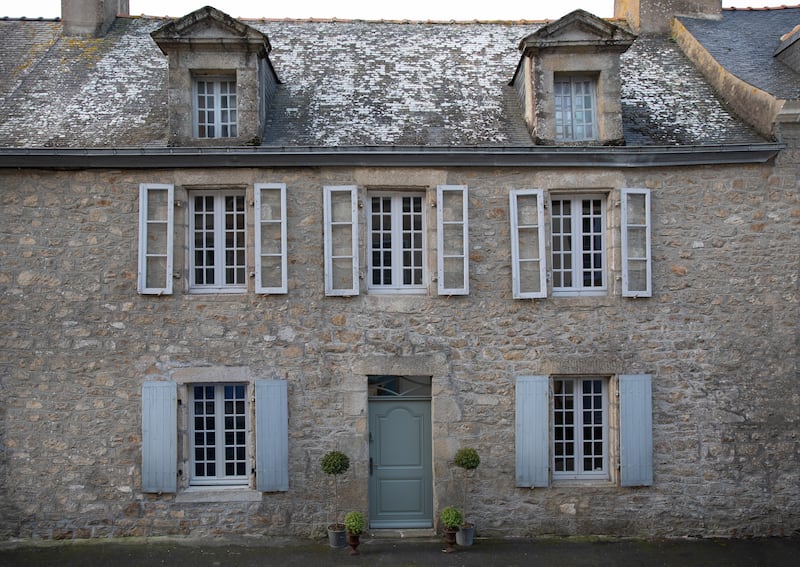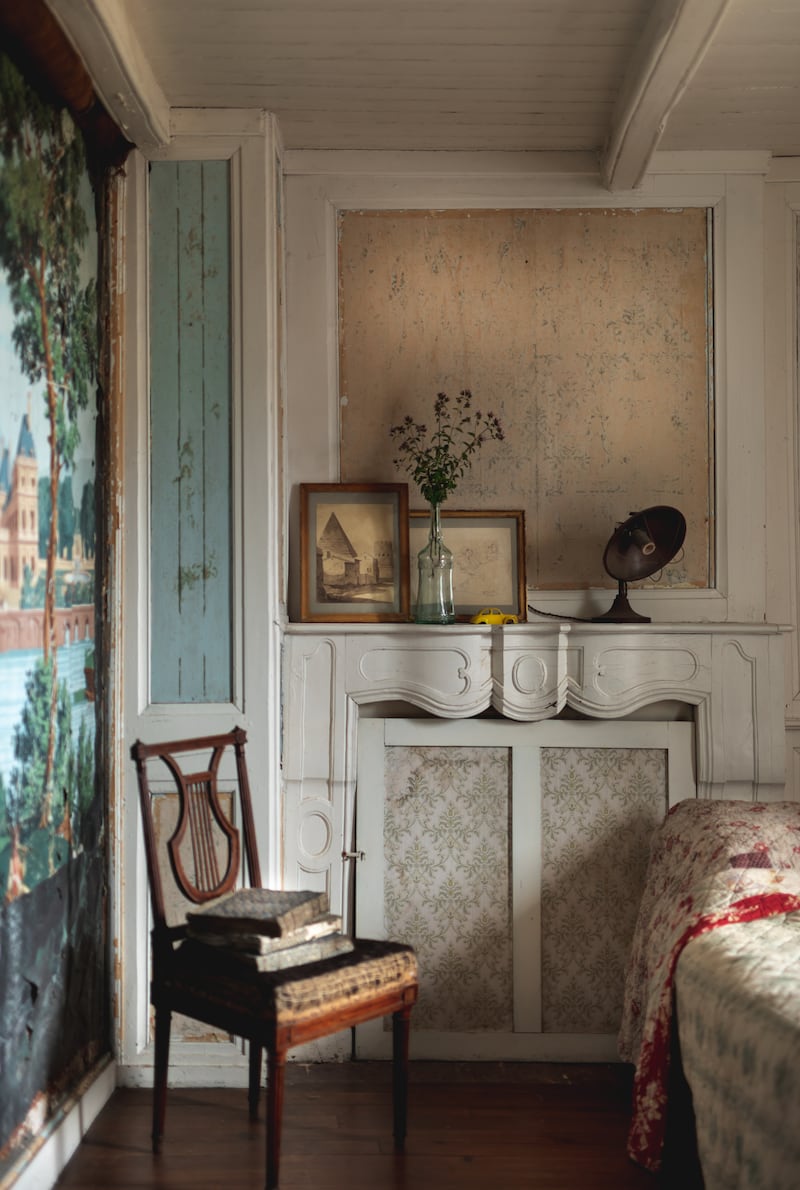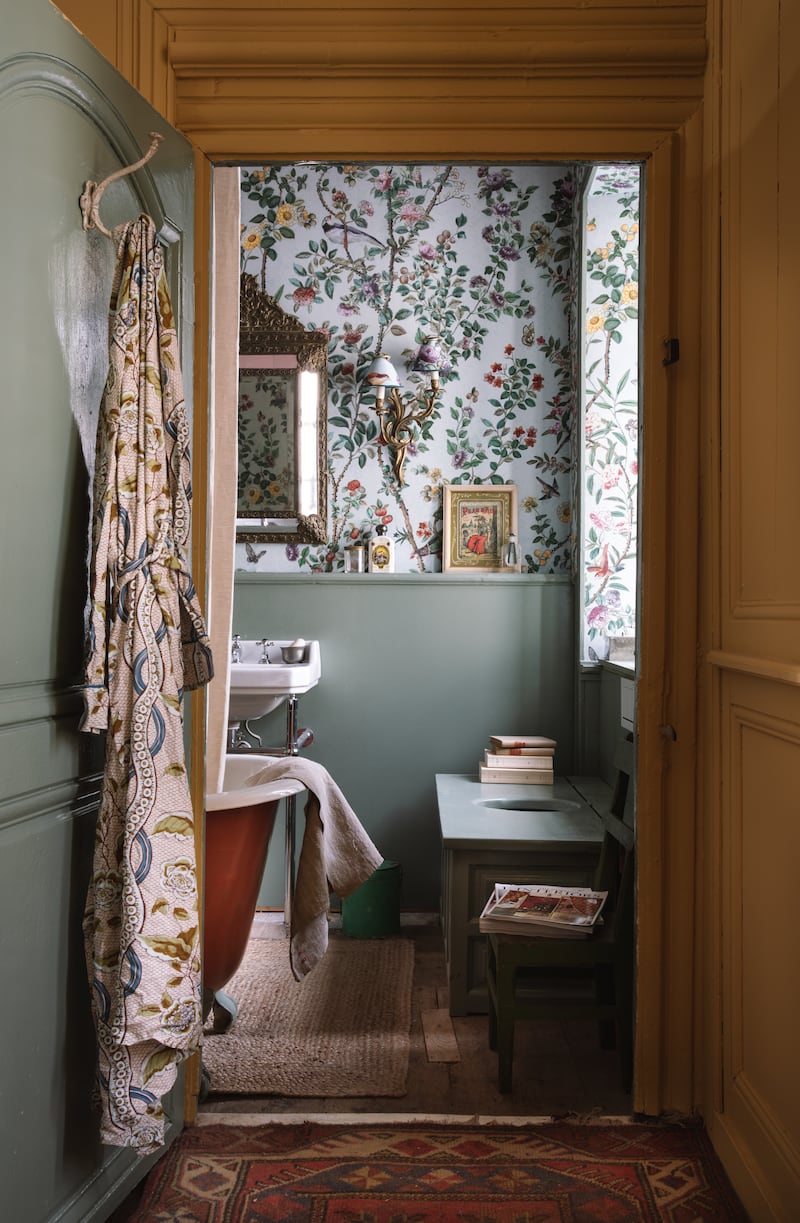When Ruth Ribeaucourt, née Bradley, moved with her French husband to Provence in 2010, it started an intense love affair with fabrics, that has deepened and enriched her connection to her adopted country.
Upon the move, the Irish ex-Disney publicist discovered the historic treasures of his family’s jacquard ribbon making business dating back to 1864, which led to her starting a jewellery collection inspired by vintage textiles, and sourcing antique fabrics for designers such as Alexander McQueen and Dries Van Noten.
At the same time, she developed a career as a photographer and storyteller, writing about creative people for magazines all over Europe. In 2020, she guest edited a special What Women Create and consequently, a year later, founded a high-spec quarterly magazine Faire, “to celebrate stories of creative lives around the world in an honest, authentic way”.
Her latest project is a book chronicling a year in Maison Lescop, an 18th-century house in Port Louis, a small town in Morbihan, in southwest Brittany, owned by the creative duo behind the Parisian design team Antoinette Poisson.
‘Our daughter is almost 40 and moving out soon, but she has told her son that he can stay with us’
Irish Times readers pick Claire Keegan’s Small Things Like These as the best Irish book of the 21st century
‘I grew up in an apartment in another country. I bought an apartment in Dublin and had to get out after a year’
The founders, Jean Baptiste Martin and Vincent Farelly, met as students in L’Institut national du patrimoine and the Sorbonne in Paris, and later worked as conservators and restorers of works on paper for museums, institutions and historic residences.


The couple became fascinated by block and hand-painted printed single sheets, known as domino papers in the 18th century, which were typically used for lining chests, boxes and books and occasionally adorning the walls of intimate rooms. The precursors of wallpaper and before it was known how to make wallpaper rolls, domino papers were often hidden beneath layers of wallpapers hung successively over the centuries.
The two decided to set up Antoinette Poisson (called after Madame du Pompadour, whose name was Jeanne-Antoinette Poisson) and start their own papers, creating a catalogue of patterns, some traditional, some floral or geometric. In 2013 they displayed their work for the first time at Maison & Objet, the Paris decoration and lifestyle trade show. It was an overnight success and the company now sells these papers and papered objects in shops all over the world, their collaborations with Gucci, Ladurée, Casa Lopez, Diptyque and Confiture Parisienne, further enhancing their reputation.
A few years ago, their passion for the 18th century led them to acquire Maison Lescop, an 18th-century house that had once belonged to a merchant of the French East India company, and where a fragment of domino paper was found in a small bedroom.

Ruth’s own interest in the 18th century led her to seek a meeting with them on a visit to Paris in November 2015.
“They agreed to meet me on, as it turned out, the very day of the Bataclan attack and we were both near the street where it happened, so in a bizarre way my life connected with theirs and cemented ties between us,” she recalls. “We share the affliction for paper and pattern – paper is such a fragile thing and not meant to last so it is quite moving when it survives.”

When Farelly and Martin asked her to collaborate with them on a book about their house and their restoration project starting in winter 2021, “it was like ‘absolutely yes’. It was a total adventure because as we were shooting, we were creating a home. It wasn’t a job, it was a love story between me and those guys. We love the same things and to be able to spend a year making a book – 10 days of shooting every season – was a really beautiful experience.”
The book throws open the doors of Maison Lescop in a journey through the seasons, and displays the painstakingly decorated interior of the house with its furniture, fabrics and wallpapers. There are style tips on wallpapering a cupboard, creating bathroom sconces, handcrafting lamp shades, painting a hall mural or a canopy bed, alongside seasonal recipes and a list of more than 20 useful addresses.

The book illustrates their way of life inspired by their passion for the 18th century, their friends and their love of entertaining, with images of them gathering shellfish, shopping at the local market, visiting an indigo textile dyeing artist or the craftsman making paper from linen and hemp which are then block printed.
“Ruth’s photographs reveal the soul of our house without betraying all its secrets,” they say.
Both Martin and Farelly, along with Ribeaucourt, were in Dublin earlier this week for the launch of the book, A Year in the French Style: Interiors and Entertaining by Antoinette Poisson, in Stable in the Westbury Mall.
As part of his trip Farelly, who has never been to Ireland and speaks little English, is hoping to find out more about his Irish origins. He is a descendant of an Irish soldier, who fought for Napoleon in 1812 and left a baby behind in an orphanage in northern France, with a little handwritten tag with the word Farelly.

















